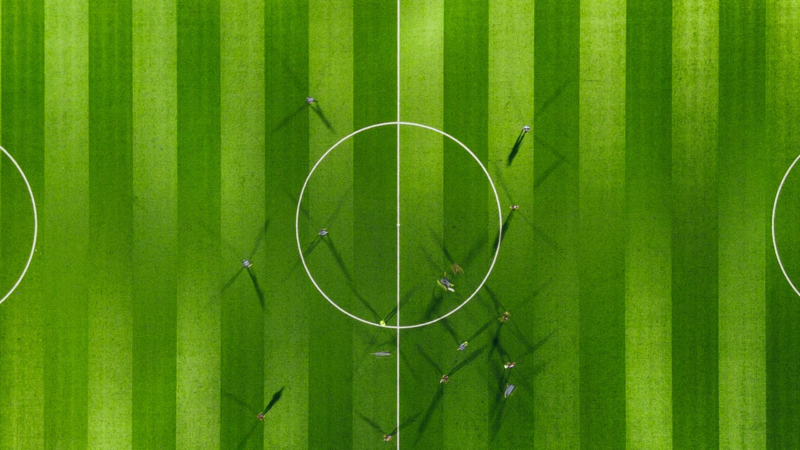Making sense of our connected world

Myth: AI will kill us all!
AI won’t kill us in the form of a time-travelling humanoid robot with an Austrian accent. But: AI is used in various military applications – supporting new concepts of command and control and enabling autonomous targeting functions. This accelerates warfare and erodes human control, causing legal & ethical challenges.
Myth
AI will kill us all! Killer robots will strive for world domination! And invent time travel! While the Sci-Fi Terminator trope might be a bit over the top, AI becomes an integral part of military decision-making all over the world. In that context, AI will help killing people.

Military applications of AI support novel operational concepts and enable autonomous targeting functions. This accelerates warfare and can improve decisions – but also erodes human control.
Watch the talk
Material
| Presentation sides | |
| CORE READINGS Sauer, F. (2020). Stepping back from the brink: Why multilateral regulation of autonomy in weapons systems is difficult, yet imperative and feasible. International Review of the Red Cross, 102(913), 235–259. Read here. Dahlmann, A., & Dickow, M. (2019). Preventive regulation of autonomous weapon systems: Need for action by Germany at various levels (Vol. 3/2019). Stiftung Wissenschaft und Politik -SWP- Deutsches Institut für Internationale Politik und Sicherheit. Read here. ADDITIONAL READINGS Paul Scharre (2018), Army of None. Read here. IPRAW. (2017, November). International Panel on the Regulation of Autonomous Weapons. Read here. Schörnig, N. (2019). Paul Scharre: Army of None: Autonomous Weapons and the Future of War, London: W.W. Norton 2018. SIRIUS – Zeitschrift Für Strategische Analysen, 3(1), 107–108. Read here. | |
| UNICORN IN THE FIELD The International Panel on the Regulation of Autonomous Weapons (iPRAW) is an international, interdisciplinary, and independent network of researchers working on the issue of lethal autonomous weapons systems (LAWS). It aims at supporting the current debate within the UN CCW with scientifically grounded information and recommendations. |
About the author

Anja Dahlmann
Stiftung Wissenschaft und Politik – German Institute for International and Security Affairs
Anja Dahlmann holds a master’s degree in Political Science from the University of Göttingen. She works as a researcher at the Berlin-based think tank Stiftung Wissenschaft und Politik and is the head of the International Panel on the Regulation of Autonomous Weapons (iPRAW). Therefore, she focuses on emerging technologies and disarmament, especially on so-called lethal autonomous weapon systems.
Why, AI?
This post is part of our project “Why, AI?”. It is a learning space which helps you to find out more about the myths and truths surrounding automation, algorithms, society and ourselves. It is continuously being filled with new contributions.
This post represents the view of the author and does not necessarily represent the view of the institute itself. For more information about the topics of these articles and associated research projects, please contact info@hiig.de.

You will receive our latest blog articles once a month in a newsletter.
Artificial intelligence and society
Navigating platform power: from European elections to the regulatory future
Looking back at the European elections in June 2024, this blog post takes stock of the Digital Services Act’s effect in terms of navigating platform power.
AI Under Supervision: Do We Need ‘Humans in the Loop’ in Automation Processes?
Automated decisions have advantages but are not always flawless. Some suggest a Human in the Loop as a solution. But does it guarantee better outcomes?
The plurality of digital B2B platforms
This blog post dives into the diversity of digital business-to-business platforms, categorising them by governance styles and strategic aims.




